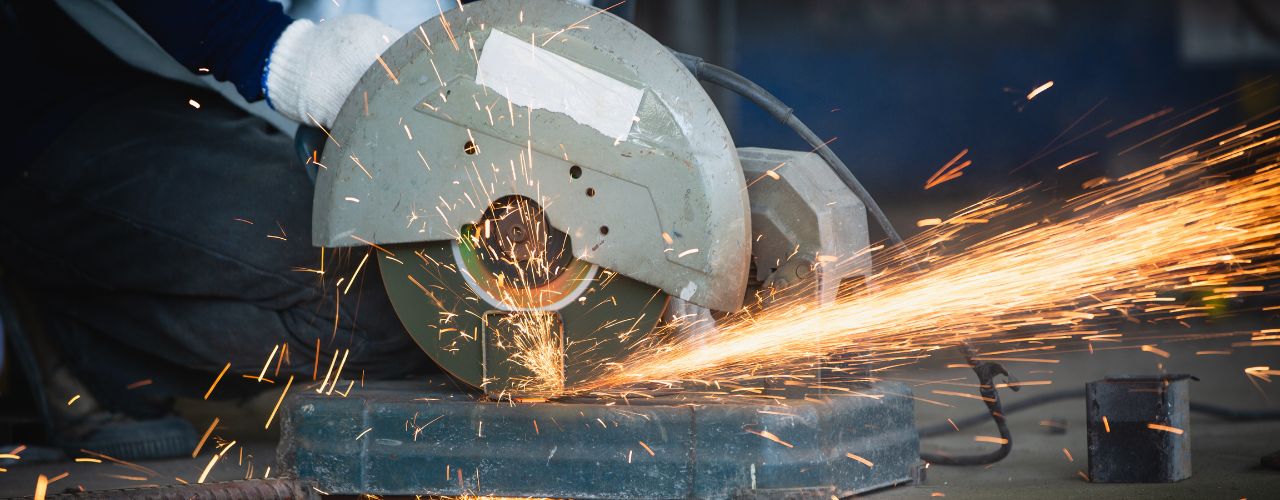When working with steel cutting saws, efficient and precise cuts are paramount for both the quality of your work and the safety of your workplace. However, like all tools subject to wear and tear, saw blades become dull over time, necessitating close monitoring to ensure optimal performance. Learn how to tell your steel cutting saw blades are dull so you can maintain productivity and prevent potential accidents resulting from forceful or improper use.
There’s a Drop in Cutting Performance
The first and most obvious sign that your steel cutting saw blades may be dull is a noticeable drop in performance. If you find that cutting through materials takes longer than usual or requires more effort, your blade’s sharpness is likely compromised. A sharp blade should slice through steel with minimal resistance, producing clean, straight cuts.
You Notice Increased Material Waste
Dulled blades slow down the cutting process and increase the amount of waste it produces. This happens because a dull blade requires more passes to make a cut, resulting in more filings and offcuts. If you’re noticing that the amount of waste from your cuts is on the rise, it might be time to inspect your saw blades.
The Blades Keep Breaking
A more serious indication of dull blades is an increase in breakage. Saw blades should withstand a considerable amount of stress, but a dull blade will encounter more resistance, increasing the likelihood of snapping or cracking under pressure. That’s why one of the reasons your saw blades keep breaking is they’re dull. Regularly experiencing blade breakage is not just bad for business; it’s a warning sign that should prompt immediate attention to your blade’s condition.
Cutting Emits Unusual Noises
As saw blades dull, they might produce excessive noise and vibration during operation. A smooth and quiet operation typically accompanies a sharp blade, while a dull one may cause the saw to emit a high-pitched screeching or to vibrate irregularly. Prolonged use of dull blades can lead to premature wear of the saw itself, potentially resulting in costly repairs or even a full replacement of the equipment.
Understanding how to tell your steel cutting saw blades are dull and responding promptly to these indicators ensures your projects proceed on schedule in a safe, cost-effective way. Regular blade inspections and timely maintenance can make the difference between a simple blade change and a significant work interruption, so never underestimate the importance of keeping a sharp edge on your tools.





